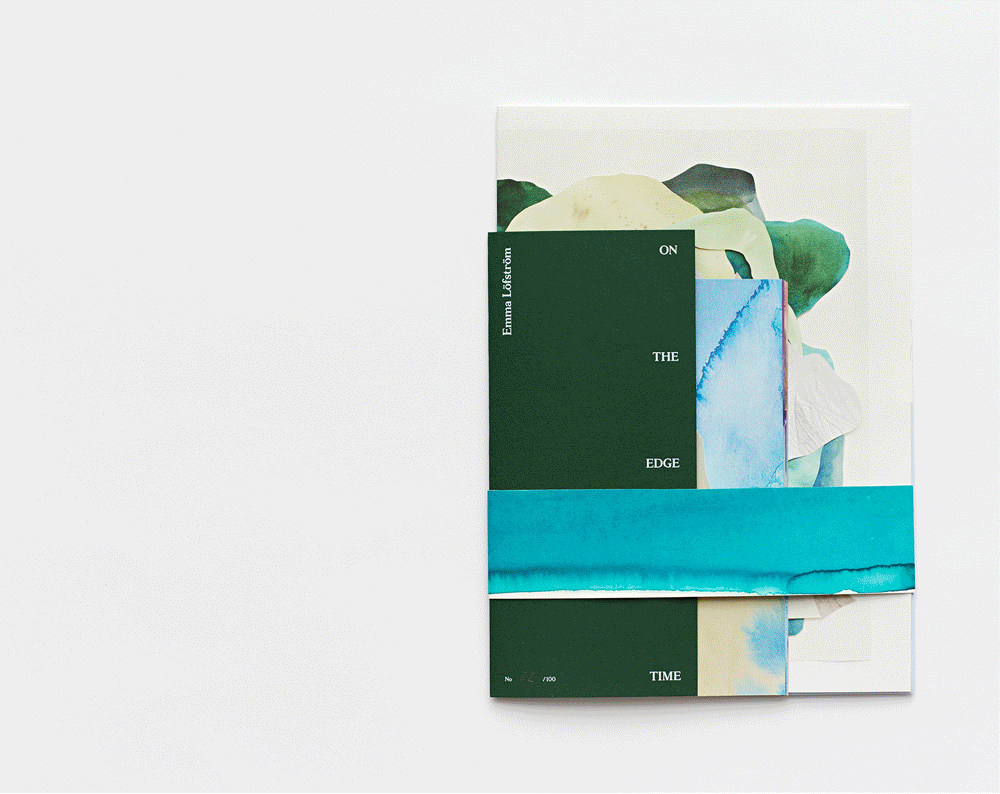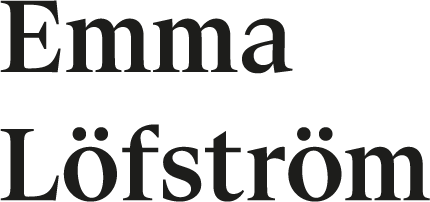This triptych of panoramic landscapes, created with a traditional wood inlay technique, is permanently installed in Glöstorpsskolan, a newly built school in Gothenburg. The artworks are placed in the main corridor, in window shaped alcoves. While the window leads the gaze to the outside, these artworks are leading the gaze inwards, to imagined landscapes from a world within.
Three female poets, all sprung out of Gothenburg, have inspired the landscapes. Min Syster, Jag Binder En Krans is inspired by Athena Farrokzhad’s poem with the same name. The poem Elementar Andar by Karin Boye and Ljusets Hotell by Sun Axelsson have inspired the other two landscapes. The poems share an exploration of the self in relation to the world, a search for context and a longing to exist on own terms, but they also speak of friendship and about growing together. The three poets that have inspired the landscapes have lived and worked in different places, on different continents. In their writing fragments of landscapes from different environments merge, the mountains of Iran meets the suburban fields of Gothenburg, deserts of Chile meets the ocean on the West coast of Sweden. The landscape that starts in Karin Boye’s poem explores the air, the formations of the clouds and the shifting sky, appearing differently depending on from where in the world we observe them. The three parts are also connected to the three elements: air, earth and water.
The artworks can be read as a map of hidden lands, a compass through the unknown, or just a place to let the eyes rest and let the thoughts wander. The landscapes lack a sense of scale, at the same time mediating an infinite distance and immediate closeness. These landscapes are built on memories and longing rather than rocks and soil. The self exists in relation to the world and comes to being in relation to the mountains, the sun, the sky and the sea.
Intarsia work by Ola Hansson.
Installation photograps by Hendrik Zeitler.
Detail photographs by Petter Löfstedt.



























































































































































